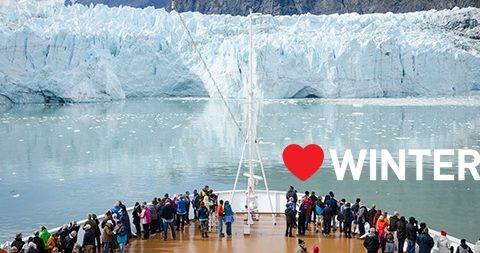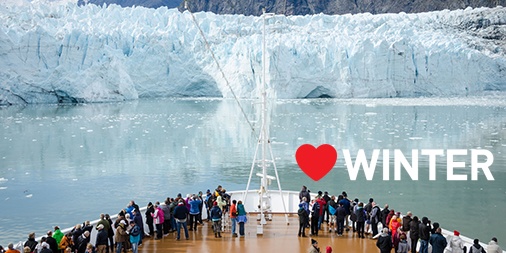Electric Heat Tracing is used across many applications and industries to maintain fluids, processes and more at set temperatures. Most common Heat Tracing applications are freeze protection of water lines, process temperature maintenance in oil and gas and petrochemical plants, or safety comfort heating in the commercial sector. However, Electric Heat Tracing technologies are also used in many environments that may not jump to the front of your mind. Here are a few examples of unexpected applications.
- Sports stadiums: With a state-of-the-art facility comes state-of-the-art technology. In outdoor stadiums, the playing surface, whether it be grass, turf or some combination of each, needs to be kept at positive temperatures for games and other events. The risk for injuries would otherwise be too high during the colder season. The ability of Electric Heat Tracing systems to provide energy efficient ‘pitch heating’ allows for fields to be clear of snow and ice, guaranteeing usage at all times of the year.
- Food and beverage manufacturing: Heat Tracing is needed for a consistent process temperature during manufacturing or storage of certain goods. Whether it’s in chocolate or cheese factories, in milk powder or potato starch production, vegetable oil or corn sugar applications, Heat Tracing technology helps keep materials at the correct temperature.
- Cruise ships: While ships that are used in the transportation or marine sector may be expected to have Heat Tracing technology, cruise ships often have it as well. Even though cruise ships are typically associated with heading to tropical locations, travel to Sub-Arctic locations is gaining popularity. These vessels need Heat Tracing for safety and comfort heating, emergency walkways, fuel lines and other daily operations.
- Train stations: Cold weather can create safety hazards for train stations. Fortunately, the station can be made a little safer with Heat Tracing. Electric Heat Tracing is used to keep platforms at train stations clear of ice and snow, helping remove risks such as slip hazards. Another place that you may encounter heat tracing is in the restrooms on trains. In some cases, trains pass through areas that are so cold, that toilets need to be heat traced to remain functional.
As you can see, Heat Tracing has the capability to be applied in a wide range of applications, to many environments and get the job done.


